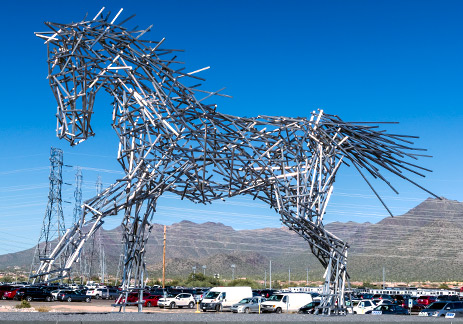Last week, I attended the 62nd Scottsdale Arabian Horse show that has been held annually since 1955. The show attracts the best known owners, trainers & breeders from all over the world competing for the prestigious prizes. It provides a rare opportunity to enjoy seeing Arabian horses perform elegantly in beautiful sunny Scottsdale.
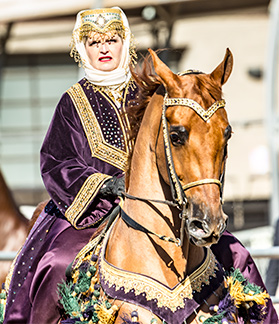
The Scottsdale Arabian Horse show at WestWorld offers great satisfaction to all, whether you are a staunch fan of Arabian horses, an avid horse rider, a seasoned breeder or only curious about horses. It is also family friendly with pony rides, painting competitions for kids & camel rides for adults. There is more over the chance to purchase exceptionally high quality merchandise; that includes fashionable leather goods as well as farm & home produce. There is practically almost everything to make a great day out, from a variety of world cuisines to sample to massage services to enjoy. Nothing seems to have been left out. The organizers are determined to cater for & please all; thus there are even canine goodies & grooming services on offer for a man’s best friend.
You need to mark the week & the month in your diary for 2018, if you don’t wish to miss the fun. It’s a memorable time full of promise starting on 15 to 25 February, 2018.
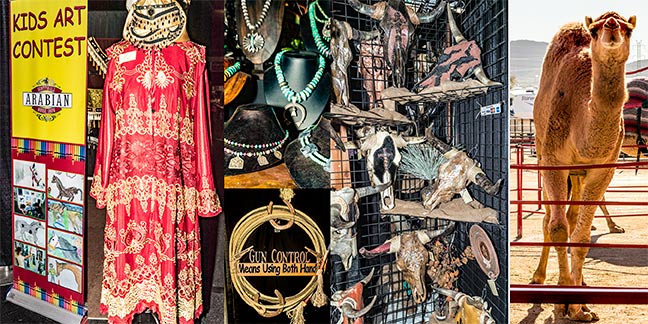
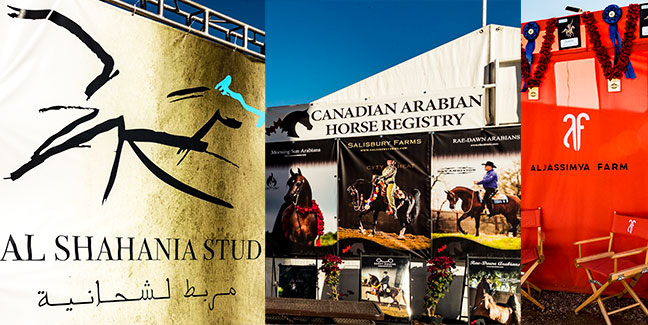
Horses in History
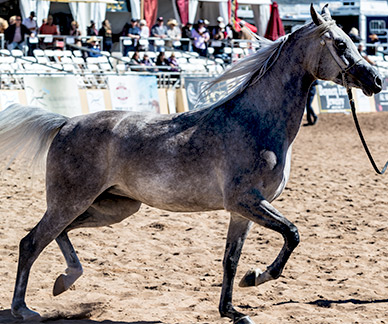
Horses are fine animals which have accompanied man in numerous activities through the centuries. Where they first made an appearance in human settlements is often a bone of contention. Many believe, however, that they were probably known & abounded in America before they made their way to central Asia, Europe & the rest of the world. While this point is open to debate, what is not debatable is that horses have been crucial to many human settlements alike as a source of meat, milk as well as for work in the fields & rounding/driving cattle.
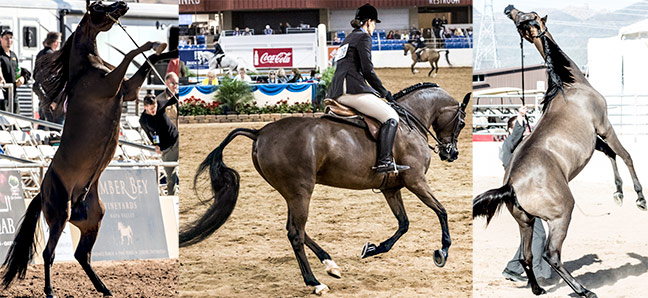
Another bone of contention concerns the moment in time when other horse potential was recognized with the result that farm tasks were relegated to cows or oxen while horses were freed to play a major role in the battle-field.
Horse-drawn war chariots preceded their use by national heroes & later knights in jousts & in cavalry squadrons. Of the former, ancient wall paintings give an ample record. Of the latter, there are also numerous literary examples ranging from deception as in Homer’s Iliad, i.e. the famous Trojan Horse (1200 BC) to Sir Walter Scott’s novel Ivanhoe (1820). The fame of Arabian horses has thus been long established & led even to George Washington’s interest in them during the fight for American independence.
There are different breeds of horses but the Arabian horses are the most easy to distinguish besides being highly prized for their beauty, loyalty to their owners and their speed.
The Arabian Horse in Literature
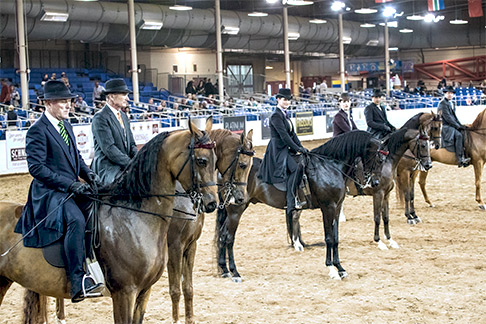 To own one or more thoroughbred Arab horse is also a status symbol like owning a Ferrari or a Rolls Royce! Thus in D. H. Lawrence’s novel, Women in Love, the wealthy industrialist Gerald Crich is riding an Arabian mare. This is intended to emphasize not only wealth but also his family’s status & the global reach of their influence.
To own one or more thoroughbred Arab horse is also a status symbol like owning a Ferrari or a Rolls Royce! Thus in D. H. Lawrence’s novel, Women in Love, the wealthy industrialist Gerald Crich is riding an Arabian mare. This is intended to emphasize not only wealth but also his family’s status & the global reach of their influence.
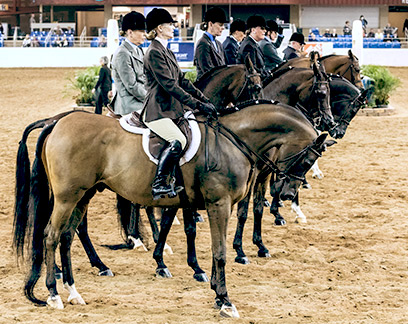 Horses have also been often used in literature as symbols. Gerald Crich’s afore-mentioned Arab mare is one such example. The famous railway crossing scene in the novel where Gerald is seen using his will power to control the sensitive Arab mare that recoiled violently at the clinking wagons foreshadows his relationship with Gudrun Brangwen. She is there with her sister Ursula witnessing the scene & her physical reaction confirms the symbolic reference. The scene “made Gudrun faint with poignant dizziness, which penetrated her heart”.
Horses have also been often used in literature as symbols. Gerald Crich’s afore-mentioned Arab mare is one such example. The famous railway crossing scene in the novel where Gerald is seen using his will power to control the sensitive Arab mare that recoiled violently at the clinking wagons foreshadows his relationship with Gudrun Brangwen. She is there with her sister Ursula witnessing the scene & her physical reaction confirms the symbolic reference. The scene “made Gudrun faint with poignant dizziness, which penetrated her heart”.
Arabic literature, especially Arabic poetry, abounds with references to Arabian horses. In ancient times, Bedouins have extolled the praises of their purebred Arabian horses for their beauty, their pride and intelligence, and their loyalty to their owners. They were so highly prized that one legend makes even angels envy them Adam’s love. According to the Arabian Horse Association, “the breed possibly came from northern Syria or southern Turkey, or even the south-west of the Arabian Peninsula. But by 2.500 BC, when the Bedouins first ventured into the harsh interior of central Arabia, they took with them the prototype of the modern Arabian horse.”
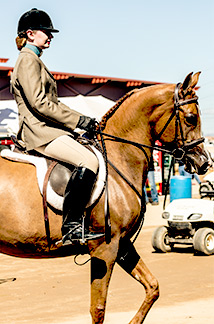 The care and breeding of purebred Arabian horses are very important to modern Arabs. Many prominent breeders of Arabian horses are located in the United Arab Emirates and Saudi Arabia. In Dubai, there is even a specialist museum called The House of the Horse where Arabian horse lovers find all they need to know about bloodlines, physiology, the role of Arabian horses in Islam & Arabic literature. The prominent position the Arabian horse held in Arabic literature can perhaps be attested by two poems, one by the famous ancient poet Imru’ al-Qays in which he says of his Arabian horse “He has the loins of a gazelle, the thighs of an ostrich; he gallops like a wolf & canters like a fox.” The second poem is also by an equally famous poet but a modern. It is a poem by Prince Khalid al-Faysal Al Saud who calls Arabian mares “Daughters of the Wind”:
The care and breeding of purebred Arabian horses are very important to modern Arabs. Many prominent breeders of Arabian horses are located in the United Arab Emirates and Saudi Arabia. In Dubai, there is even a specialist museum called The House of the Horse where Arabian horse lovers find all they need to know about bloodlines, physiology, the role of Arabian horses in Islam & Arabic literature. The prominent position the Arabian horse held in Arabic literature can perhaps be attested by two poems, one by the famous ancient poet Imru’ al-Qays in which he says of his Arabian horse “He has the loins of a gazelle, the thighs of an ostrich; he gallops like a wolf & canters like a fox.” The second poem is also by an equally famous poet but a modern. It is a poem by Prince Khalid al-Faysal Al Saud who calls Arabian mares “Daughters of the Wind”:
Of the daughters of the wind, I have a flighty chestnut one;
When flighty, she’s like the desert gazelle.
Coveted by every rider and by horse experts;
Her beauty is in her delicacy and majesty.
Apart from history & literature, horses figure prominently in rodeos, in bull-fighting contests & most importantly in horse-riding as a sport and in horse racing. The latter is called the sport of kings! Famous venues, Ascot & the Derby for example, attract high society celebrities & often set the fashion for months on end, especially in ladies’ hats! There are also charities that look after abandoned or abused horses as: the California Coastal Horse Rescue (CCHR), Oak View, CA and the Donkey Sanctuary on the Jurassic Coast in Devon, UK, to name a few. Last year, Scottsdale Arabian Horse Show was proud to contribute to/support several charities as: Arabian Horseman’s Distress (AHDF) Fund, ASU Western Equestrian Team and SCC Equine Sciences Scholarships.
For further reading, please see the following sources:
Lawrence’s Women in Love: First Publication by Seltzer in New York City on 9 November 1920.
http://www.hawanaajd.com/dewan/poem27.html
